AI Tools Transforming Graphic Design
Artificial intelligence has rapidly altered the landscape of graphic design, giving rise to new tools and capabilities that can automate, personalize, and enhance creative workflows. Designers are no longer limited to traditional methods; AI-powered applications now support the creative process from ideation to final output. These advancements are bridging the gap between technology and artistry, empowering both seasoned professionals and beginners to collaborate with intelligent systems. As AI continues to evolve, its influence on graphic design grows deeper, fostering innovation, reducing turnaround times, and unlocking previously unimaginable possibilities.
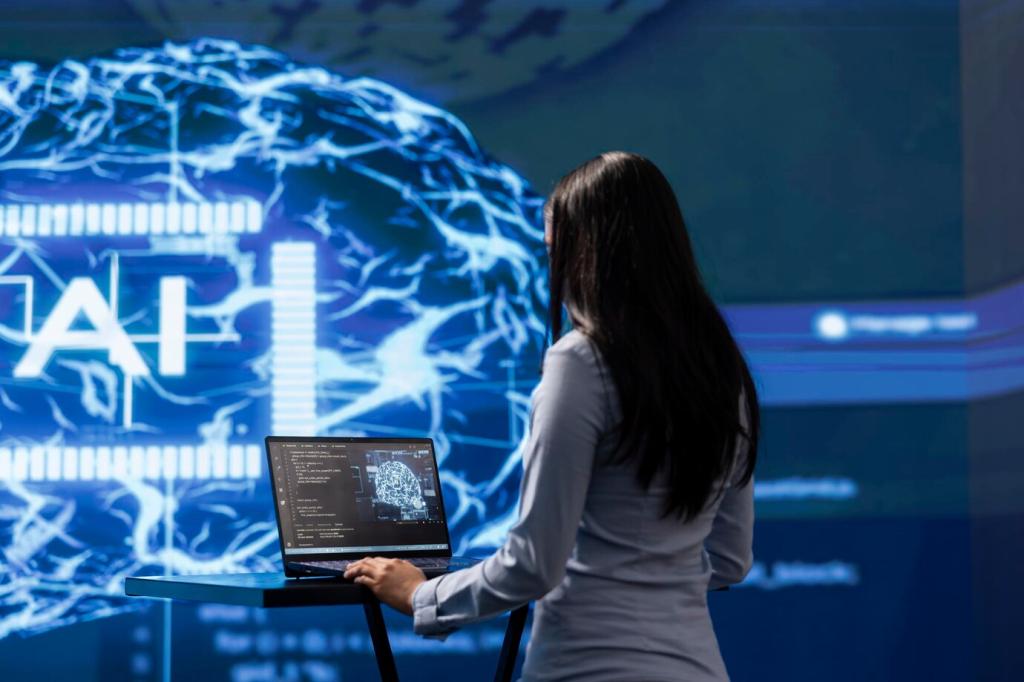
AI-powered asset management tools are changing the way designers organize and utilize resources. Through image recognition and metadata tagging, vast libraries of assets can now be sorted and retrieved almost instantaneously. These systems not only help locate files efficiently but also surface relevant content based on ongoing projects or user intent. This minimizes the time spent on manual searching, letting creative teams focus on producing impactful results.
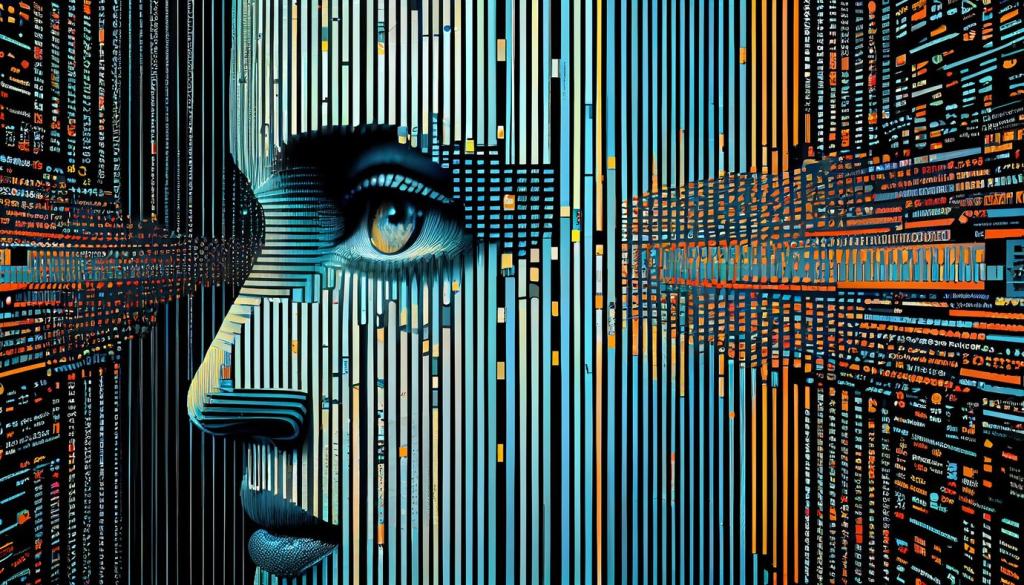
AI-driven layout tools analyze content and automatically suggest or implement effective compositions. Such tools learn established design principles and adapt them to the project’s context, configuring elements like typography, color, spacing, and hierarchies. This accelerates the process of creating harmonious layouts, allowing designers to quickly iterate or adjust solutions, and ensures that even those with limited design experience can produce professional-looking results.
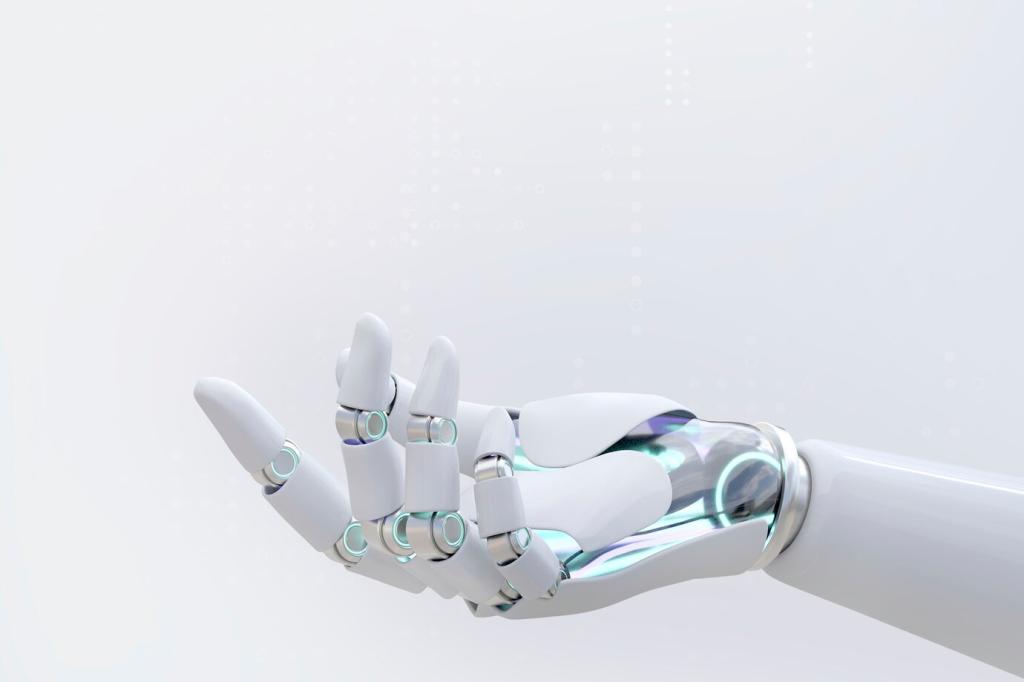
Modern AI platforms don’t just automate—they offer context-aware suggestions throughout the design journey. By analyzing a designer’s styles, project needs, and current trends, AI can propose colors, fonts, image filters, or layout alternatives tailored to the project’s identity. This turns every design session into a collaborative experience, with AI acting as a creative partner that helps spark inspiration and guides decisions.
Previous
Next
Enhancing Creativity and Inspiration
Generative AI systems have a profound impact on artistic inspiration by creating stunning visuals based on simple prompts, hand sketches, or mood descriptions. These tools analyze millions of artworks and apply their learned styles to create images that mirror the intent or mood desired. This process encourages designers to explore unfamiliar aesthetics or themes, breaking creative blocks and fostering out-of-the-box thinking through unique visual outputs.
Improving Image Editing and Manipulation
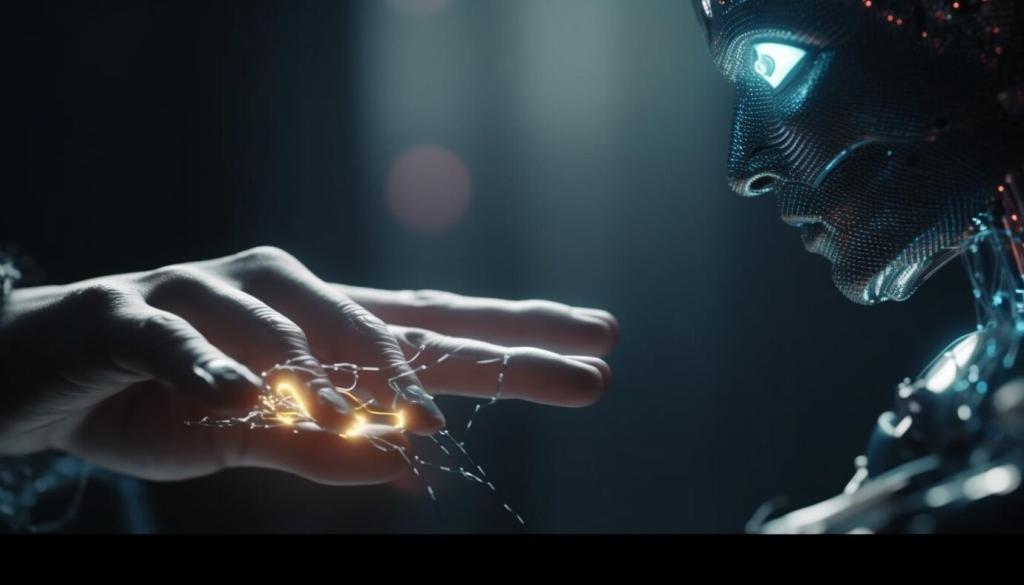
Automated Background Removal
One of the standout achievements of AI in graphic design is the seamless removal or replacement of image backgrounds. With advanced segmentation algorithms, designers can isolate subjects with high accuracy in seconds, overcoming challenges posed by complex edges or blends. This capability drastically reduces manual work, allowing for rapid compositional changes, consistent branding, or integration into new environments without compromising image quality.

Intelligent Object Selection and Retouching
Selecting and retouching specific elements within an image is no longer a meticulous, manual task. AI-powered tools quickly identify objects, people, or even intricate details like hair or fabric. Once isolated, these elements can be enhanced, recolored, or modified with precision. These innovations let designers focus on creative choices rather than technical hurdles, empowering high-impact visual storytelling and advanced photo manipulation.

Content-Aware Fill and Synthesis
AI’s content-aware algorithms can fill empty spaces or remove unwanted areas by intelligently blending surrounding content. Instead of laborious clone-stamping or manual blending, designers can rely on AI to reconstruct textures and patterns that look natural within the image context. This enables seamless edits and creative possibilities, from extending backgrounds to complex restorations, all achieved with a few clicks.
Previous
Next
Personalized Design and User Experiences
AI can customize graphics in real time, adapting offers, colors, or calls to action based on user demographics or previous interactions. Whether it’s personalized banners, email headers, or social posts, these tools ensure each user encounters visuals crafted specifically for them. This data-driven approach strengthens the impact of marketing efforts by making every interaction feel unique and relevant.
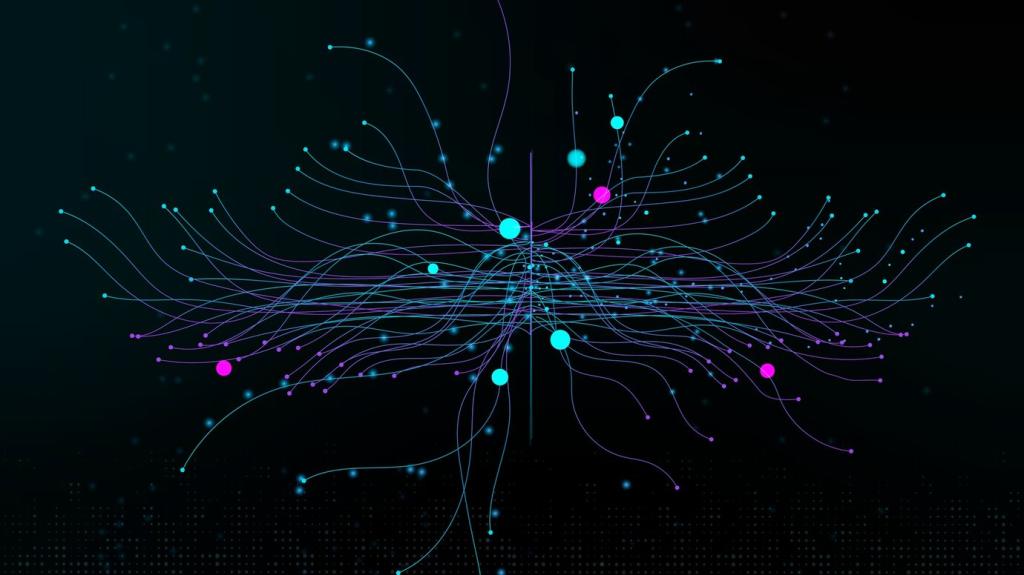
Streamlining Collaboration and Feedback
Real-Time Collaborative Editing
AI-enhanced platforms enable multiple designers to work simultaneously on the same project, instantly syncing changes and highlights. Advanced conflict resolution suggests optimal merges for conflicting edits, while intelligent systems maintain a clear history of iterations. These capabilities ensure seamless teamwork, especially in remote or distributed environments, where quick, unified progress is crucial for meeting modern design demands.
Automated Version Tracking
Managing file versions used to be a painstaking manual process, fraught with confusion over the latest draft. AI-driven versioning systems automatically label, organize, and archive each change, allowing team members to quickly retrieve previous iterations or roll back errors. The intelligent tracking of project evolution streamlines feedback and revision cycles, ensuring transparency and accountability throughout the design process.
Intelligent Feedback Summarization
Gathering and synthesizing feedback from diverse stakeholders can be overwhelming. AI now automates the collation of comments, detects recurring themes, and highlights actionable insights for the team. By distilling large volumes of feedback into concise recommendations, designers are empowered to prioritize their efforts and address critical concerns, ultimately improving project outcomes.
Accelerating Learning and Skill Development
Adaptive Learning Platforms
Modern platforms personalize the educational journey based on a user’s current abilities, needs, and goals. AI customizes tutorials, challenges, and resources, focusing on areas that require improvement while allowing for self-directed progression in more familiar topics. This ensures efficient learning paths for both beginners and advanced designers, enabling them to continuously expand their creative and technical repertoire.

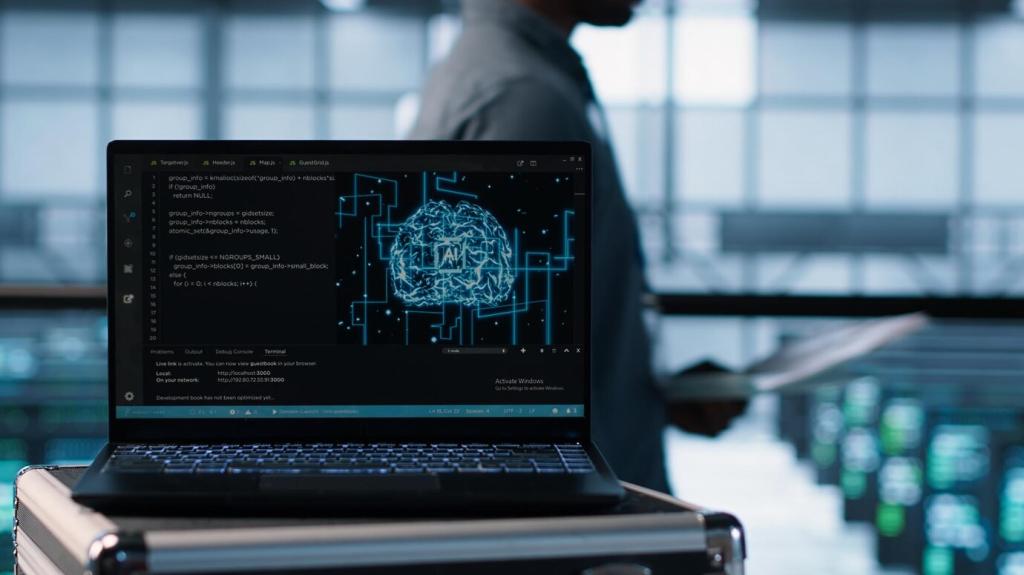
Real-Time Design Critique
AI-driven critiques provide instant, objective feedback as designers work, evaluating everything from color harmony to typographic balance. These intelligent guides suggest actionable improvements, explain underlying principles, and offer examples for reference. This supportive environment minimizes frustration and accelerates mastery, allowing designers to correct mistakes and push the boundaries of their skills with immediate, data-driven input.
